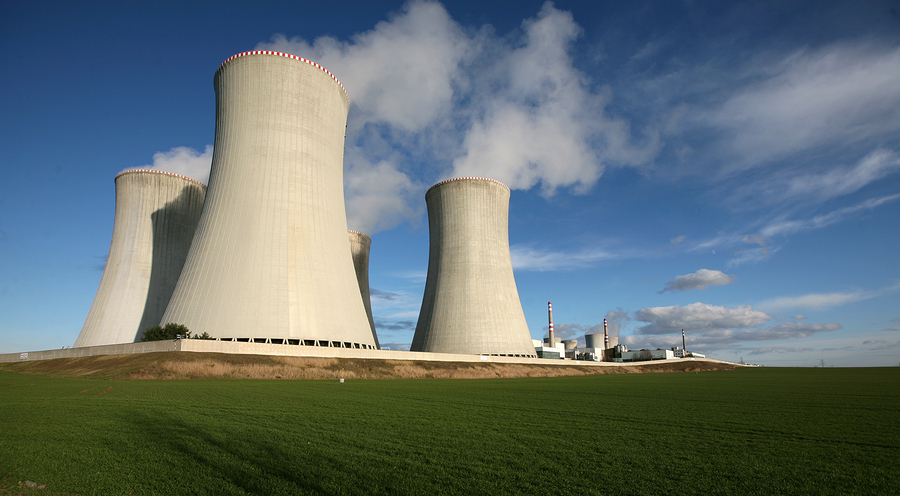A major source of energy and revenue for Canada, nuclear power must nonetheless contend with the tug between its supporters, who praise its low emissions of greenhouse gases, and its detractors, who deplore the devastating effects of radioactive waste. Let’s take a look at the global and Canadian situation of uranium and nuclear power plants before addressing the environmental question.
Uranium: from production to export
In 99% of cases, the forty-eighth most abundant natural element on the Earth’s surface is used as a fuel for nuclear power plants, after having undergone the phases of extraction, concentration, refinement, conversion and manufacture of fuel. Canada is the second largest producer of uranium (22% of world production) – behind Kazakhstan (39%) and ahead of Australia (10%) – thanks to its 13,130 tonnes of uranium (2017 data) extracted exclusively in Saskatchewan (49.4% at McArthur River/Key Lake, 47.5% at Cigar Lake and 3.1% at Rabbit Lake). In addition, Canada is nearly at the top in terms of exports (21%), lagging behind Kazakhstan (43%) and leading Australia (11%), Niger (8%) and Russia (5%). In 2017, 88% of Canadian uranium production was exported around the world: 41% to North and Latin America, 39% to Asia and 20% to Europe.
Nuclear power plants and CANDU technology
Some 400 nuclear reactors in operation around the world in 2017 provided 11.5% of the world’s electricity production, behind fossil fuels and hydro power. In 2017, Canada was in 6th place (4%), behind the USA (32%), France (15%), China (8%), Russia (7%) and South Korea (6%). Its production, which represents 15% of Canadian electricity production (behind hydro power at 60%), is provided by 22 nuclear reactors in five power plants, located in Ontario (Darlington – 3512 MW, Bruce A + B 6232 MW, Pickering – 3100 MW) and in New Brunswick (Point Lepreau – 705 MW). Canada’s global reputation in terms of nuclear power is also due to its unique nuclear technology (CANDU – CANada Deuterium Uranium) that uses natural uranium (and not enriched) as well as heavy water (and not ordinary) as a coolant. As a result there are more than 34 CANDU reactors worldwide, including in China, Pakistan, Argentina, India, Romania and South Korea.
Questionable environmental impacts
When the question of the environmental impact is asked, feelings get heated… no pun intended. Some studies show that the total nuclear industry (construction, extraction, exploitation and decommissioning) is one of the cleanest technologies, with figures to support it: 4 gr of CO2 emitted per kWh for hydro power, 16 gr for nuclear power, 469 gr for natural gas and 1001 gr for coal (source: Intergovernmental Panel on Climate Change, 2011). Forecasters even argue that carbon emissions could decrease by 22.2% if all the natural gas and coal power plants were replaced by nuclear power plants – equivalent to removing half of the world’s cars in circulation (520,000,000). Conversely, many experts and citizens are rightly concerned about the disastrous consequences of nuclear accidents (Chernobyl in 1986, Fukushima in 2011) and radioactive waste on human health.
A formidable source of energy for the planet for over 80 years, uranium still imposes a real dilemma on global leaders about whether or not to pursue the nuclear power industry, given its environmental impacts that are both positive and negative.
